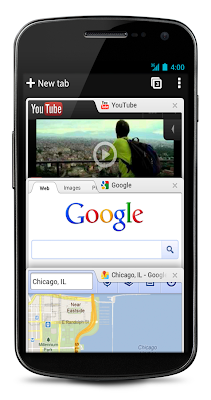What does "display advertising" look like on a smart phone? For Facebook that might mean “featured stories,” inserted into end user news feeds.
Facebook to tap mobile ads
Mobile advertising is complicated for a number of reasons, not the least of which is that on a smart phone, screen real estate is sharply limited, compared to a PC screen.
The other issue is that there are a few "mobile" screens to deal with, including smart phones and tablets of various sizes. Even where a larger tablet screen (10 inches or larger) is available, the difference in user input capabilities (touch screen versus keyboard and mouse) has to be considered.
In Facebook's case, there also is the specific challenge of creating ad formats for "Timeline," the new way Facebook shows profile pages.
Facebook also might want to create ways of linking a mobile message back to brand ads and content on other parts of Facebook, rather than leaving the Facebook environment.

